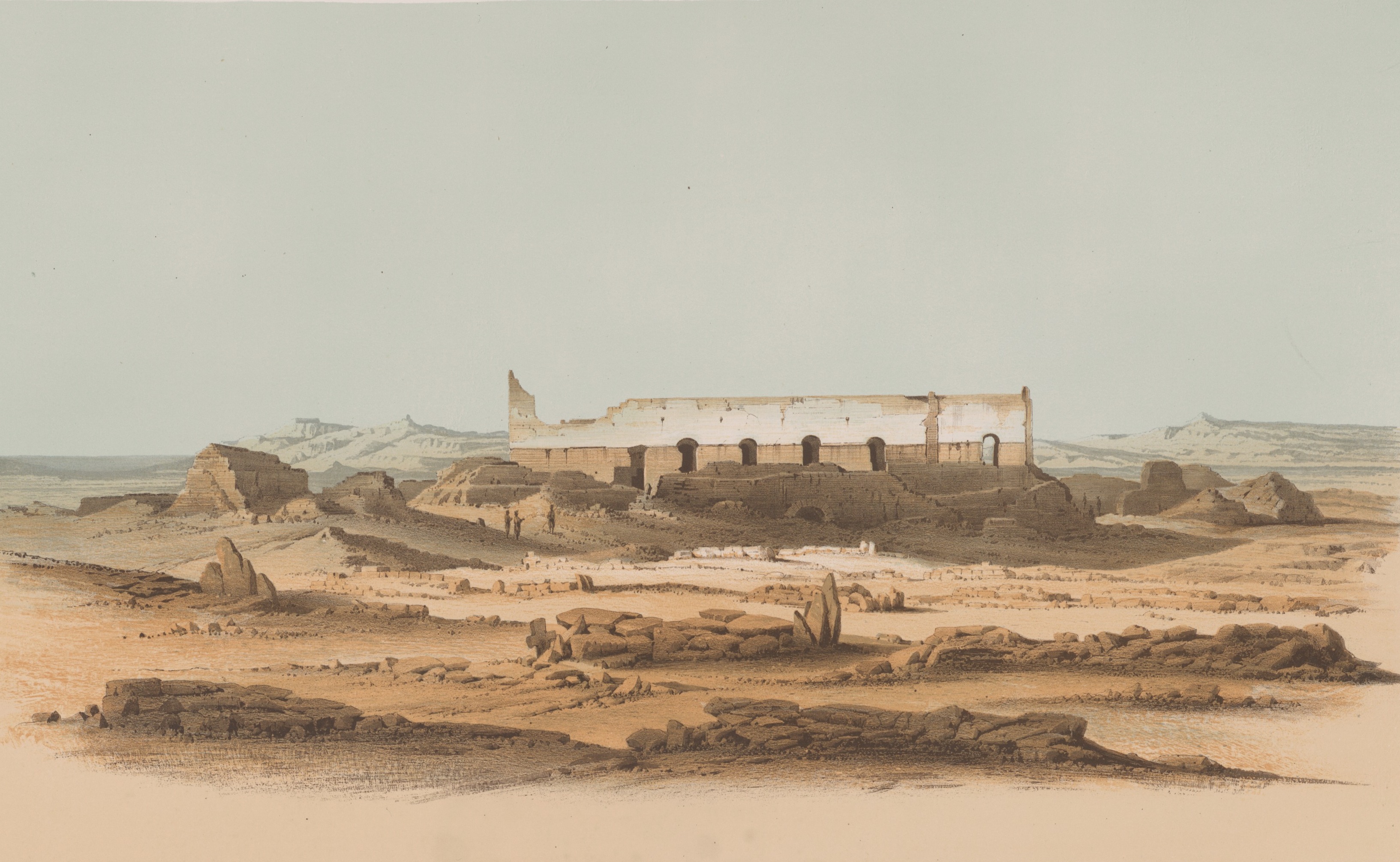A Christian tattoo has been discovered on the body of a person buried in Sudan during the medieval period, perfectly highlighting Africa’s long and deep relationship with Christianity.
The inked-up individual was found during a 2012 to 2018 expedition at the site of Ghazali, a Christian monastery in the Bayuda Desert of northern Sudan that was built around the 7th century CE and remained in use for around 600 years. Among the grounds surrounding the monastery, there are four cemeteries containing hundreds of graves from the medieval period.
In a new project, archaeologists from the Polish Centre of Mediterranean Archaeology at the University of Warsaw and Perdue University carried out photo documentation of the bodies laid to rest at the site. Unexpectedly, one of the researchers stumbled across a tattoo on the right foot of one of the individuals.
“It was quite a surprise to all of a sudden see what appeared to be a tattoo when I was working with the Ghazali collection. At first, I was not certain, but when the images were processed and the tattoo was clearly visible, any initial uncertainties were removed,” said Kari A. Guilbault, an anthropology PhD candidate at Purdue University with an interest in ancient tattooing practices, in a statement.

The remains of the Ghazali monastery on a mid-19th century painting by Karl Richard Lepsius.
The tattoo depicts a Christogram and a pair of Greek letters. The Christogram is a religious symbol created by overlaying the Greek letters “chi” and “rho” to form a monogram abbreviation for the name of Christ. Alongside this symbol, there are also faint hints of the first and the last letters of the Greek alphabet, “alpha” and “omega,” to express the Christian belief that God is the beginning and the end of everything.
Nubia – the northeastern African region encompassing northern Sudan and southern Egypt – has a very long history of Christianity, dating back as early as the first century after Jesus Christ was born. This is owing to its geographical location and the extensive Roman trade routes that ran around the Mediterranean and the Levant.
Christian belief had deeply ingrained itself within Sudan by the end of the 6th century CE under the Christian Kingdom of Makuria and remained a dominant force for centuries until the later expansion of Islam.
There’s some historical evidence of tattooing across Nubia, although the physical remains are few and far between because human skin is prone to breaking down over the centuries. A few mummified bodies have been discovered bearing tattoos, but some of the most compelling evidence can be seen in artworks depicting women covered in ink.
Most of this evidence dates to an early period before Christianity emerged, meaning it is exceptionally rare to find tattoos from the Christian era. The researchers say this latest discovery from Ghazali raises several questions about the practice of tattooing and expressions of faith in medieval Nubia.
Source Link: Rare Christian Tattoo Found On Medieval Body In Africa